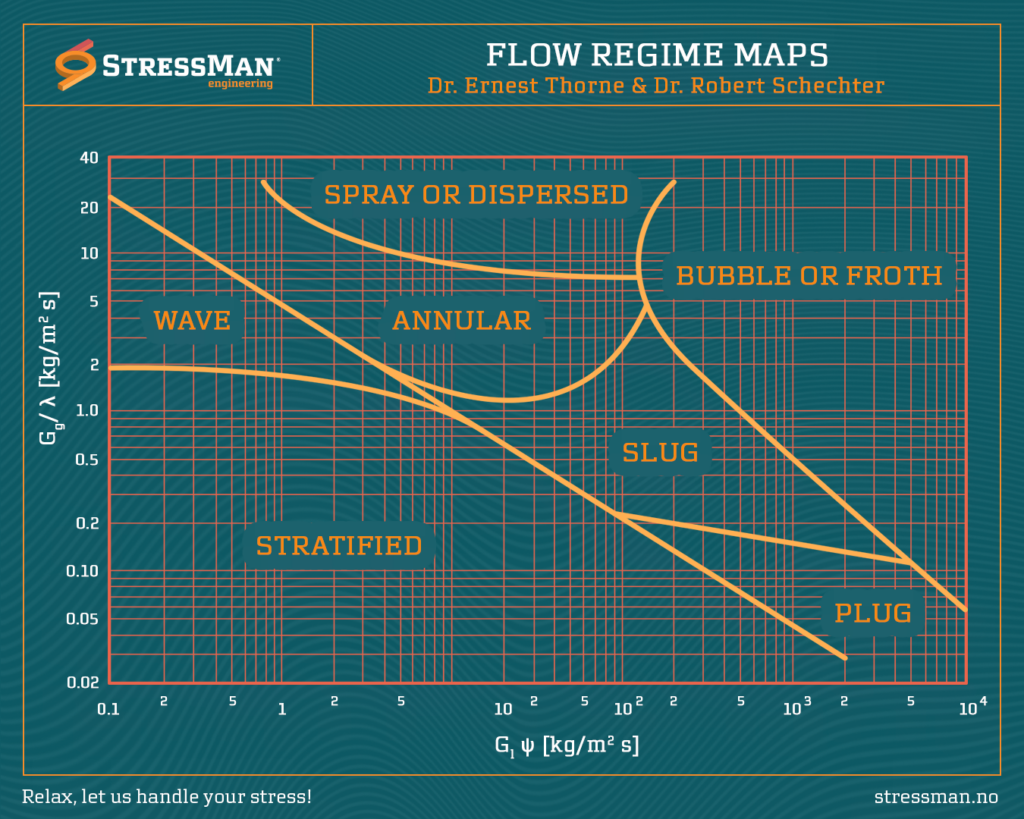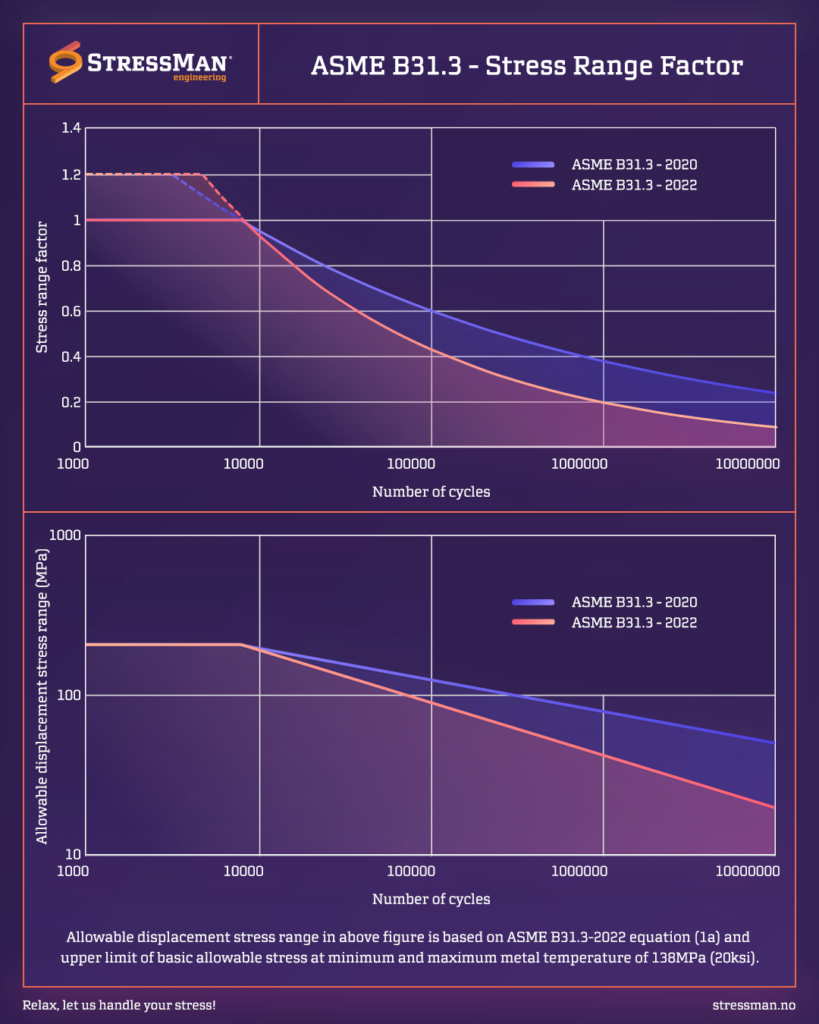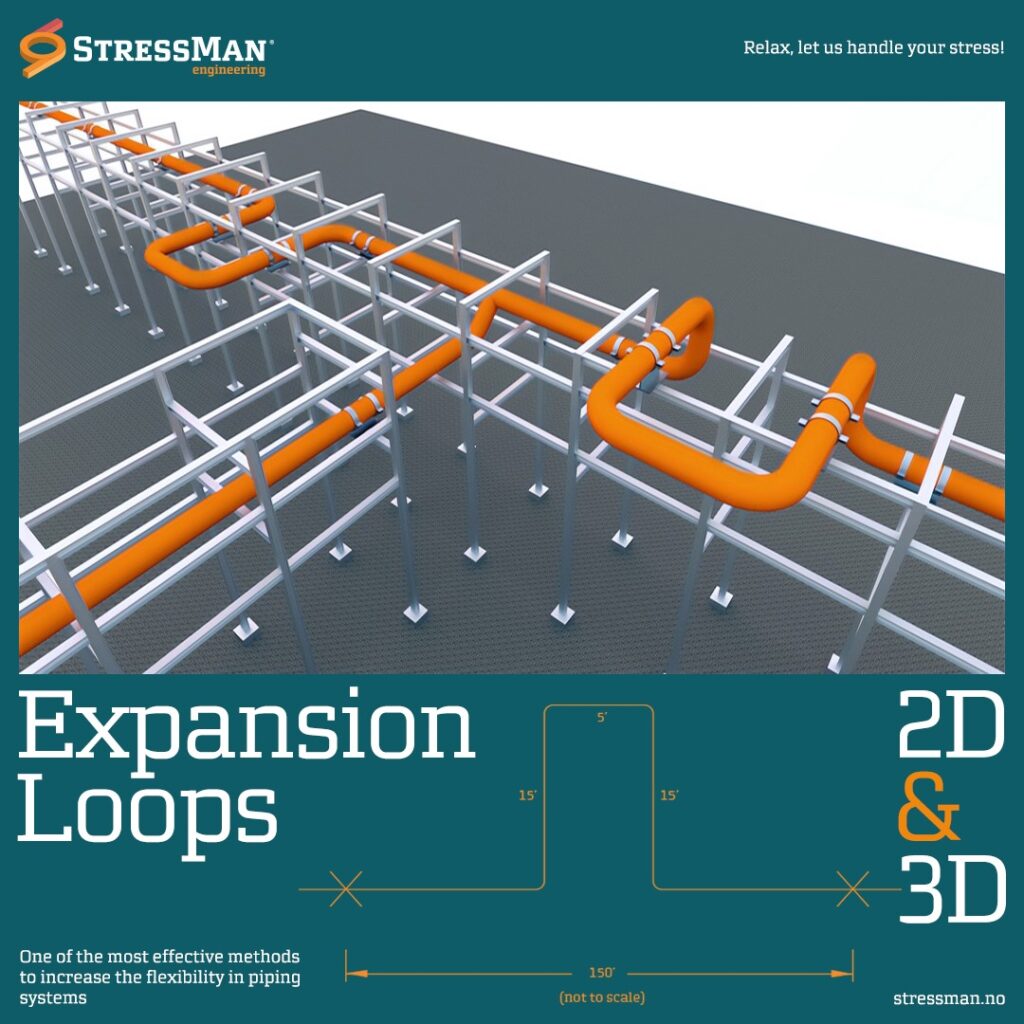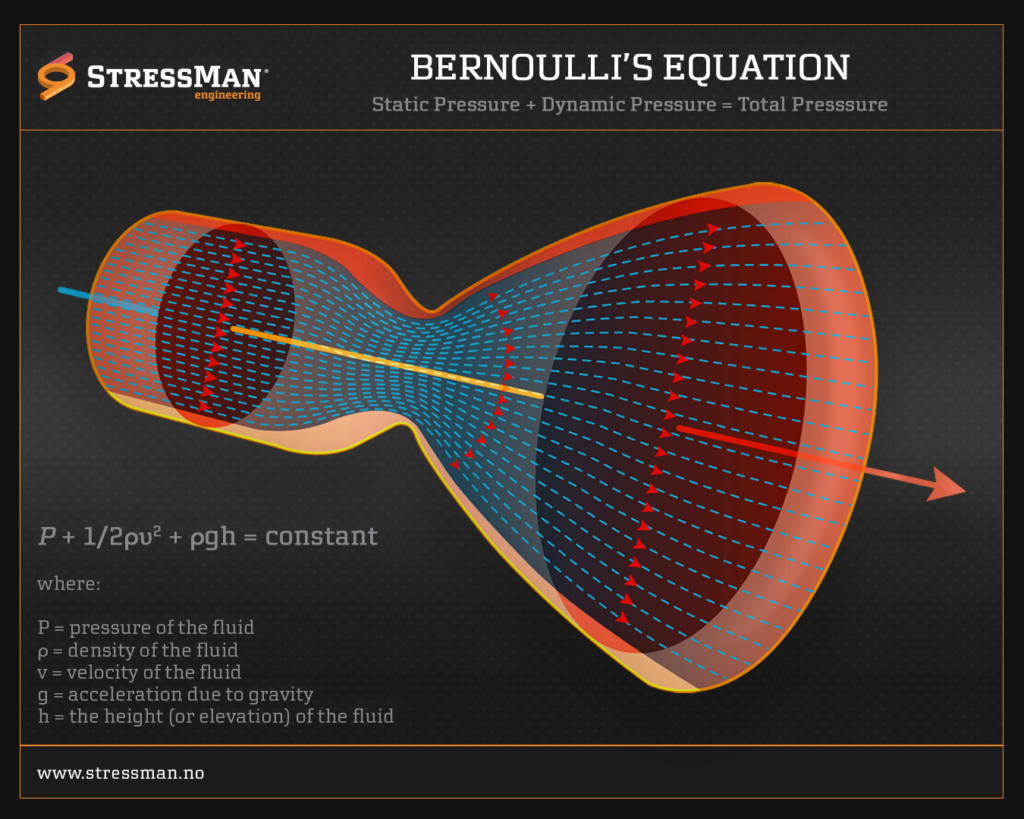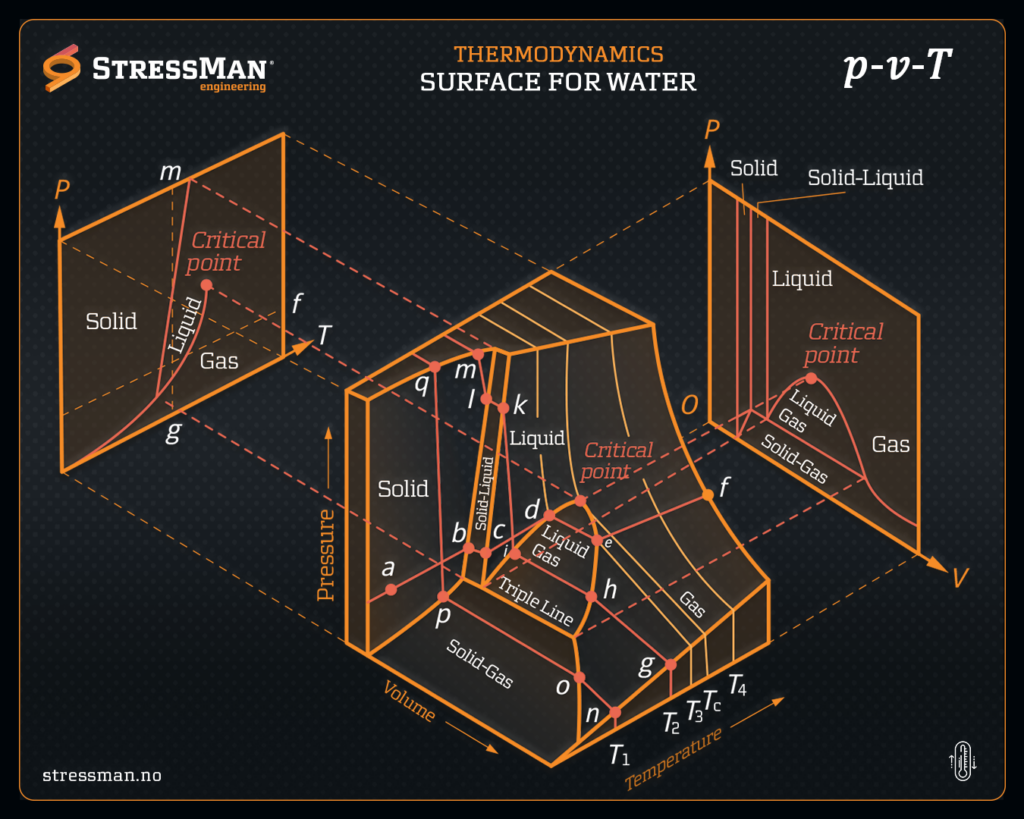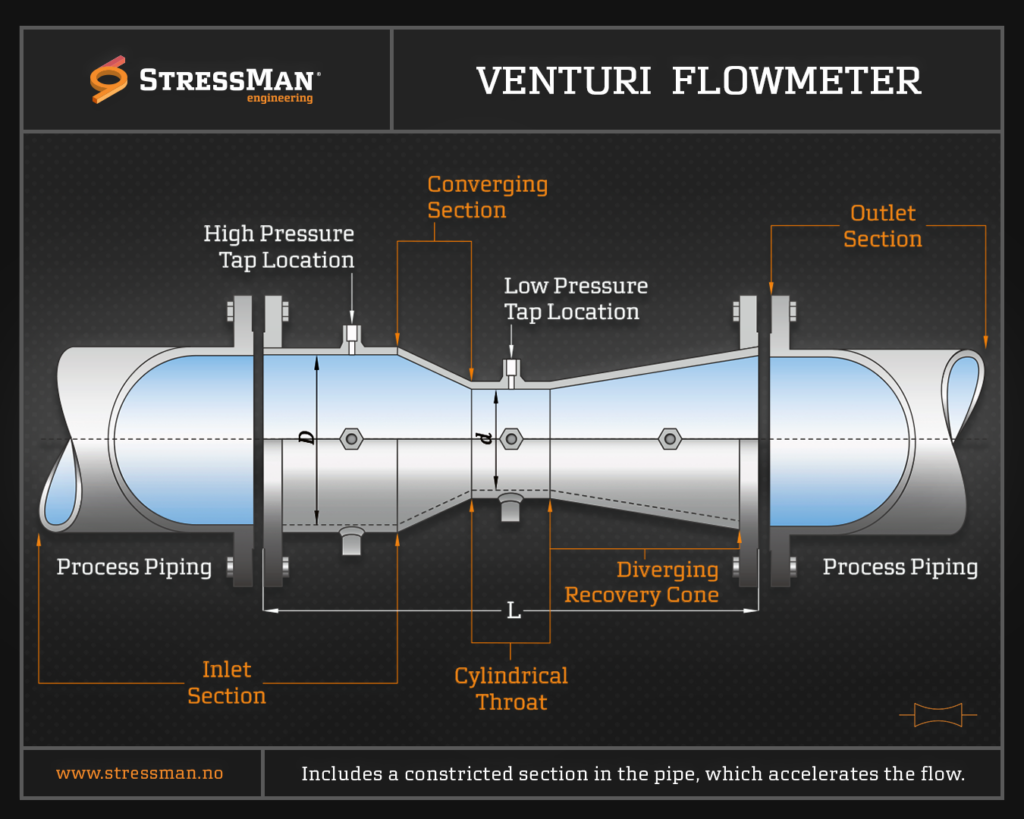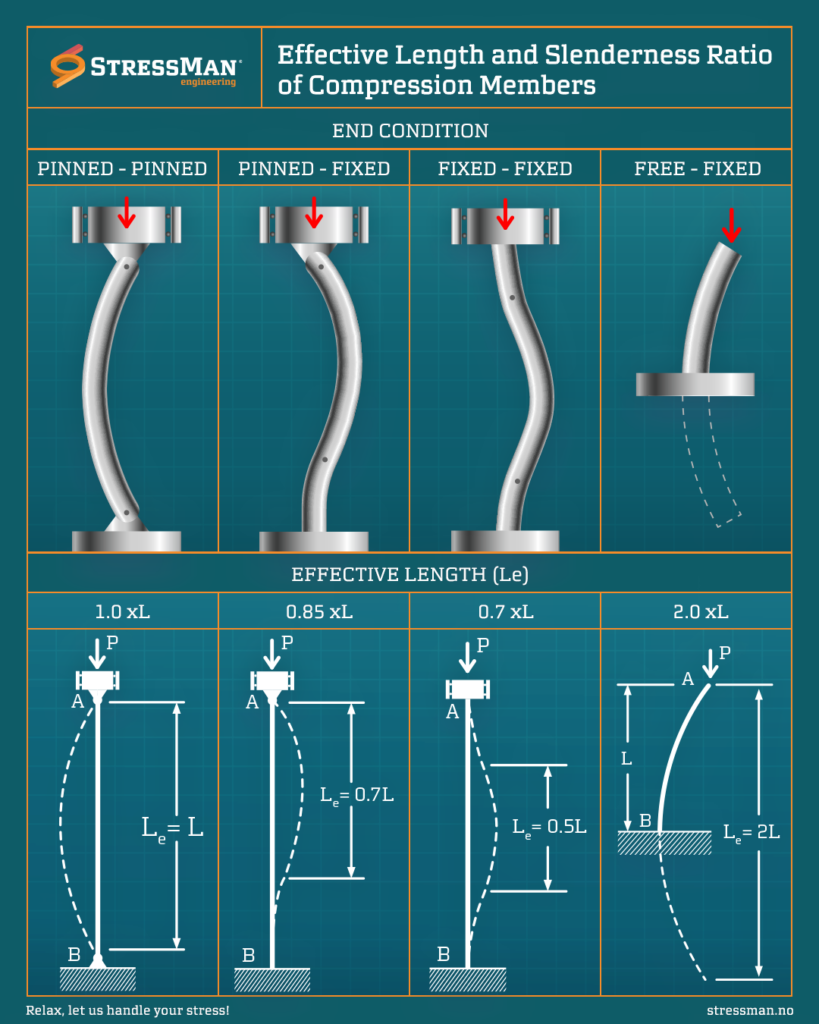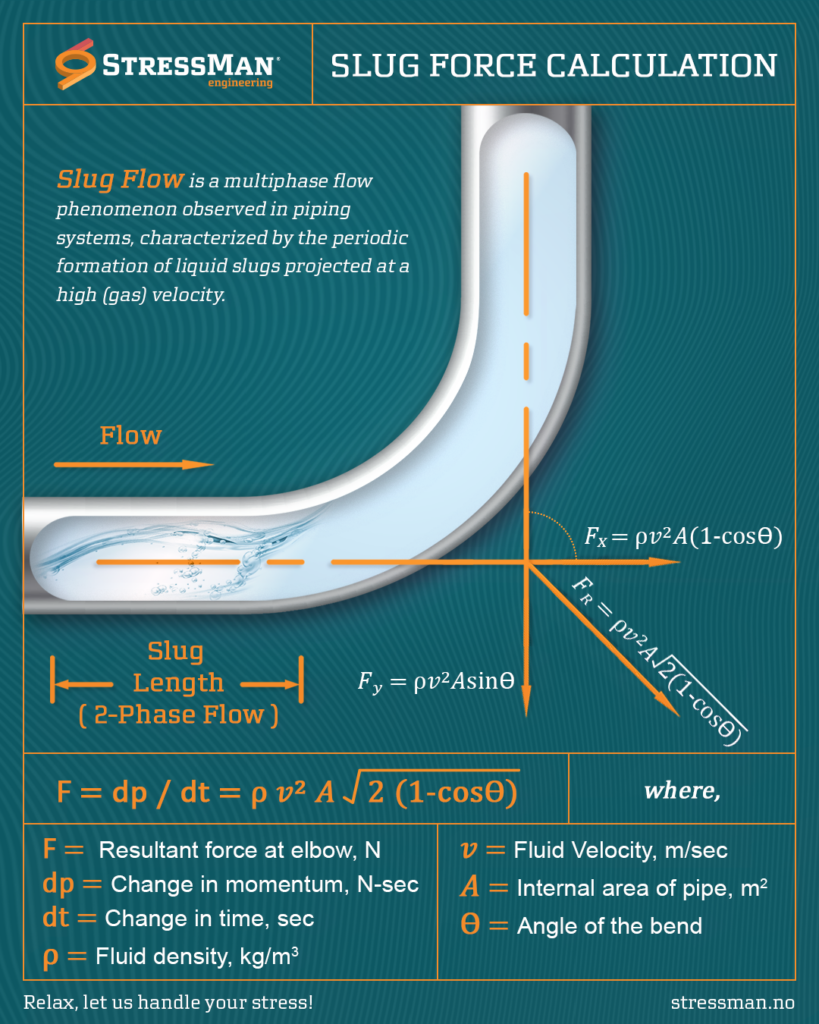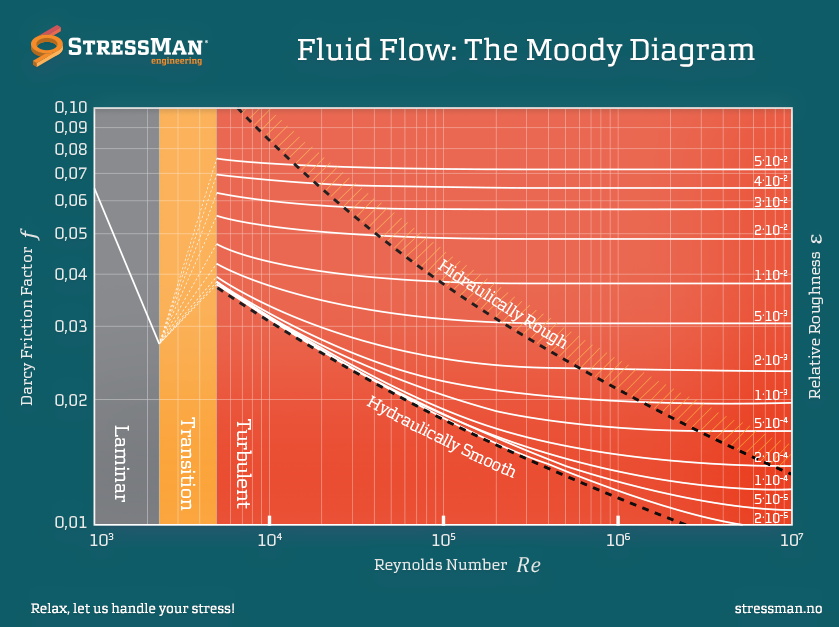Understanding Flow Pattern Maps
Flow pattern maps play a pivotal role in visualizing and comprehending the complex dynamics of gas/liquid flow in horizontal pipes under different operating conditions. These maps serve as valuable tools for engineers and researchers, providing a representation of the prevailing flow regimes. Key Components of Flow Pattern Maps: 1.- Flow Regime Zones: Flow pattern maps […]
Understanding Flow Pattern Maps Read More »
